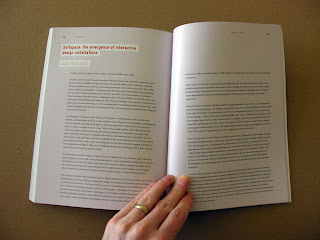“Interdisciplinary work, so much discussed these days, is not about confronting already constituted disciplines (none of which, in fact, is willing to let itself go). To do something interdisciplinary it’s not enough to choose a “subject” (a theme) and gather around it two or three sciences. Interdisciplinarity consists in creating a new object that belongs to no one.”
Roland Barthes, “Jeunes Chercheurs”
A few words on interdisciplinarity that I recently came across from Roland Barthes, who I haven’t read exhaustively, but luckily my friend and writing partner Andrew Baird did. He turned me onto Barthes super short essay “The Reality Effect” in The Rustle of Language which helped me sort out a couple of dangling threads while writing my dissertation — “The Reality Effect of Technoscience”. ((It was, though, my other friend Sarah Jain shoving Latour’s Pandora’s Hope: Essays on the Reality of Science Studies
into my book shelf that really let me feel as though I could, after a 10 year hiatus, finish my dissertation.
Why do I blog this? I came across this while recollecting some of Jim Clifford’s work as he has been on mind after seeing him at his retirement jubilee up in Santa Cruz a few weekends ago. This comes from Writing Culture: The Poetics and Politics of Ethnography which he edited with Greil Marcus. Some good essays in there, especially for me at the time when I was trying to figure out what the heck anthropology was, anyway.
Continue reading Partial Truths: To Do Something Interdisciplinary














